Making connections to the text is just one way we can help learners understand what they are reading.
As readers connect the text to self, to other texts, and to events that have or are happening in the world, they have a clearer focus for using many of the other comprehension reading strategies.
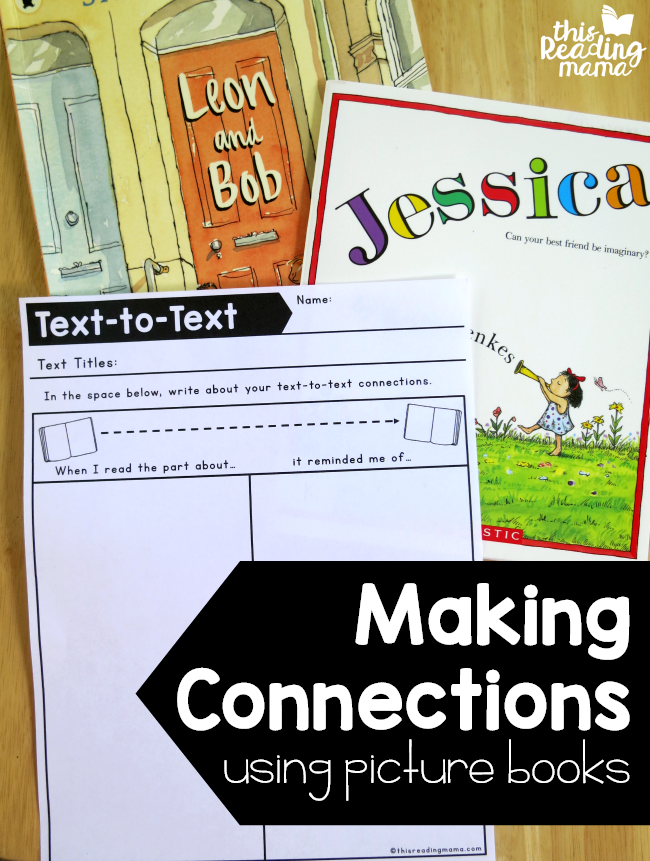
We want our learners to be actively engaged while they are reading. This means they are interacting with what they read, not just saying words on a page.
One effective way we can do this is making connections to the text. There are three kinds of connections readers make before, during, or after reading:
1. text to self, which could sounds like:
This reminds me of my own life…
I can relate to this character because…
If it was me, I would…
2. text to text, which could sounds like:
This reminds me of another book I’ve read/movie I’ve watched…
This is different from the other book because…
This is the same as the other book because…
3. text to world, which could sounds like:
This reminds me of _______ in history…
This reminds me of ________ going on in the word right now…
This is similar to _________ that’s happening in the news…
This is different to _______ that’s happening in the news…
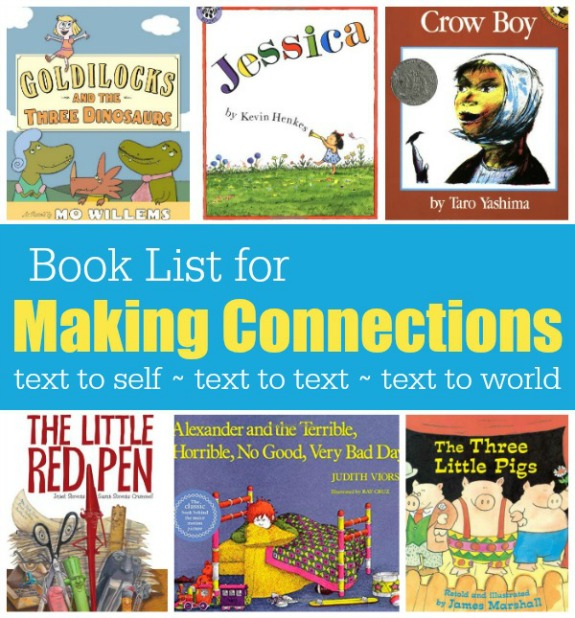 My Book List for Making Connections is a great resource for finding books that fit text-to-self, text-to-text, and text-to-world. Today, I’m using two books from this list.
My Book List for Making Connections is a great resource for finding books that fit text-to-self, text-to-text, and text-to-world. Today, I’m using two books from this list.
Making Connections: Text-to-Text
Now, we usually integrate all three kinds of connections as we read. When introducing this comprehension reading strategy, it’s good to separate them so that learners get the skills they need in bite-size pieces.
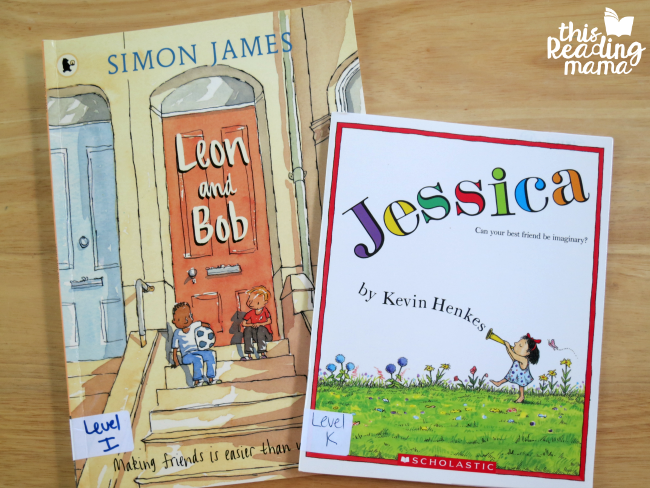
Just recently, my second grader and I read Jessica by Keven Henkes and Leon and Bob by Simon James. Both are endearing stories about characters with imaginary friends.
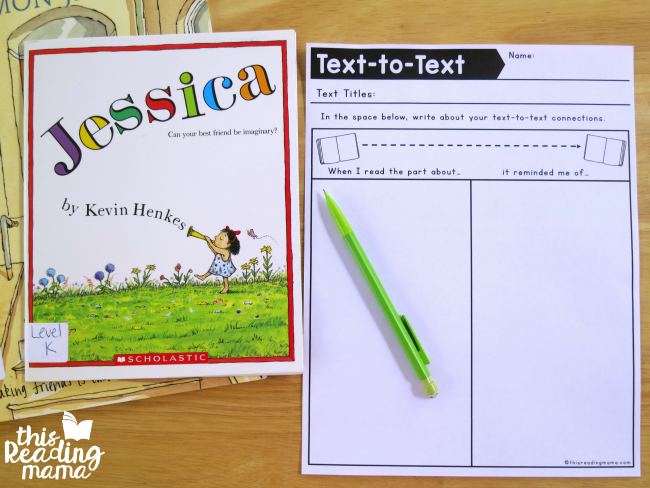
We read each book on a separate day. After reading both books, we used this simple organizer {find the download at the end of this post} to talk about the similarities in the two books.
I asked her: What are some ways that these two books are similar? And I have to say that I was kind of stunned that my daughter never even picked up on the fact that the two books were so similar until I pointed it out.
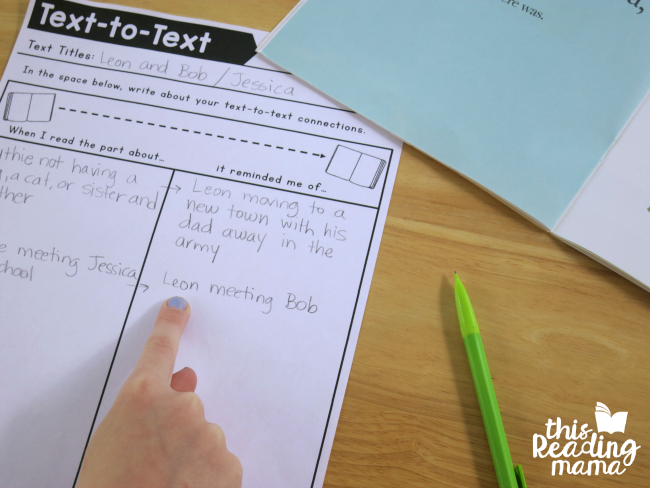
Because I knew that asking her to write the text-to-text connections she had would derail our lesson {into a complete meltdown}, I wrote them. But we worked together to make these connections.
If you teach learners who struggle to write, I would encourage you to let them draw and label their drawings or you can write down what they say. While it’s great to integrate writing, if you teach learners who struggle to get their thoughts on paper, asking them to write takes away from the purpose of the lesson which is comprehension through making connections.
Be sure to also discuss the “why” behind the connection as you go. For example, “How did it remind you of Ruthie meeting Jessica at school when Leon met Bob? How are those experiences similar?”
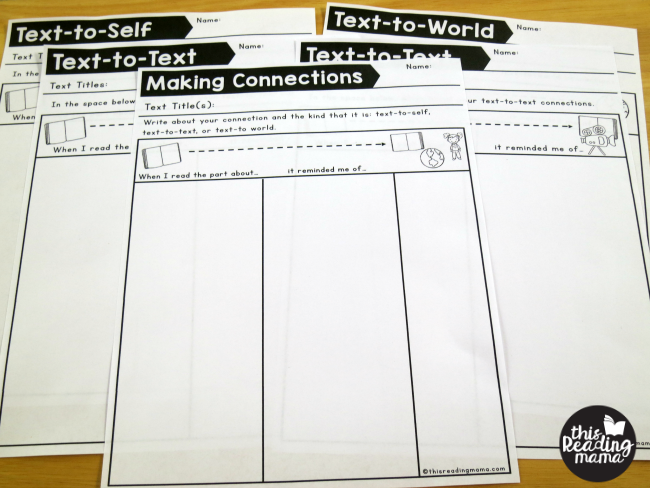
Included in the free pack are five different making connections pages: 1- text-to-self, 2/3- text-to-text (and text to movie), 4-text-to-world, and 5- making connections (which could include all three kinds).
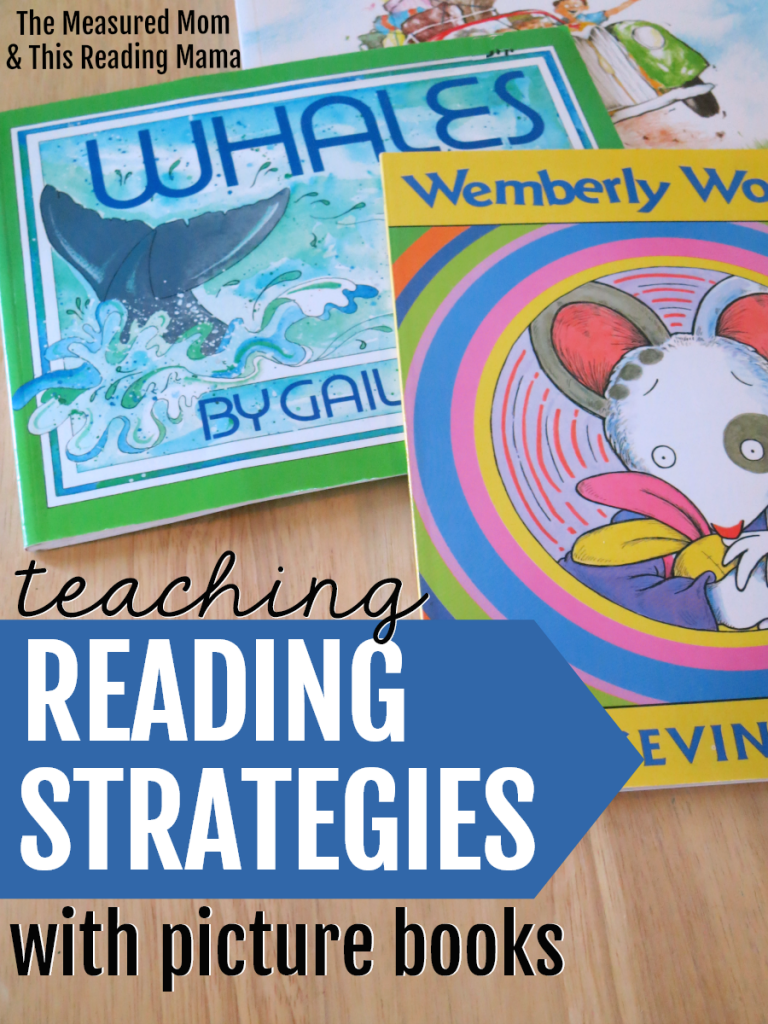 Find all the posts we’ve created so far in our Teaching Comprehension Reading Strategies with Picture Books series.
Find all the posts we’ve created so far in our Teaching Comprehension Reading Strategies with Picture Books series.
Enjoy teaching!
~Becky
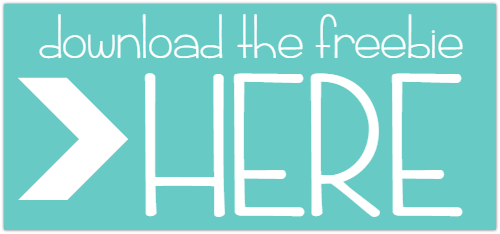
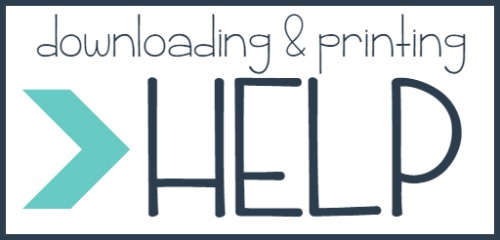
this can be useful to me.
I am grateful for these freebies, I really appreciate you sharing your knowledge and expertise.
Looking forward to more and fun learning!